The face of the world is always changing. Borders are altered by wars, topographical modification, and climate change. After the two world wars, the interior of Eastern Europe was carved up and given away to the victors with little regard for the inhabitants’ wishes. Other changes in the world affected the existence of various countries.
Neutral Moresnet
Moresnet was established in 1816 and was co-governed by the United Kingdom of the Netherlands, later known as Belgium, and the Kingdom of Prussia. During World War I, the roughly one-square-mile area of land was seized by Germany.
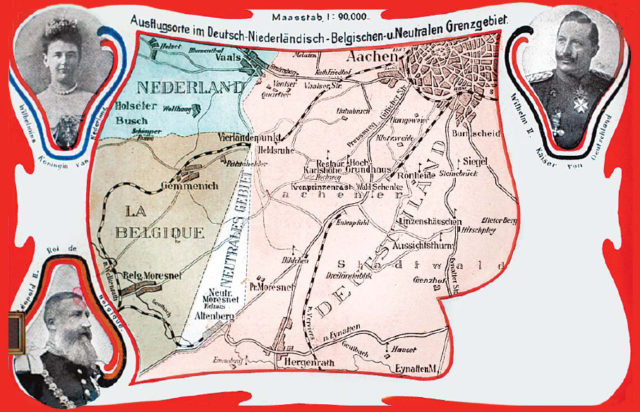
After the war, Germany was forced to vacate both Belgium and Moresnet; the area was declared a part of Belgium by the Treaty of Versailles in 1919, along with the German towns of Eupen and Malmedy.
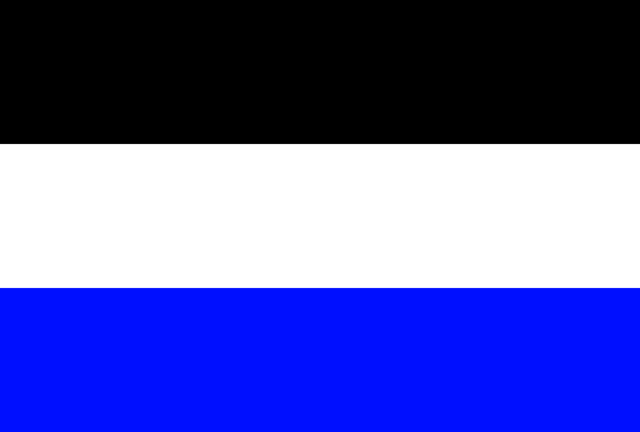
Germany seized the small area again in World War II, but it was returned to Belgium at the end of the war in 1945. The area was named Kelmis, and it is now considered a municipality of Belgium.
Republic of Salò
Salò, a small area near Lake Garda, was a Nazi outpost state in Italy when Mussolini was in power from 1943 until the end of World War II in 1945. The northern part of Italy was named the Italian Social Republic by Mussolini, and Salò was the headquarters for his Republican Fascist Party.
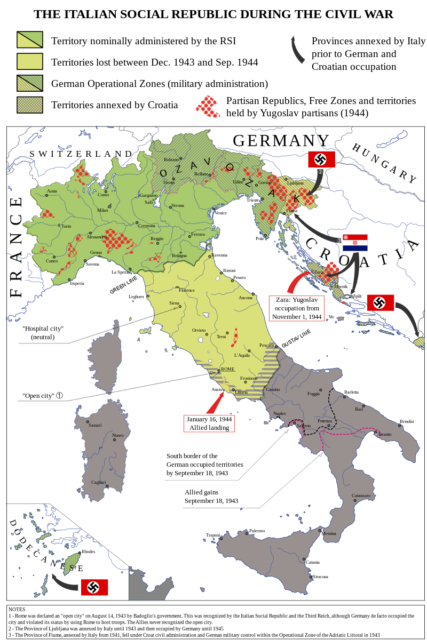
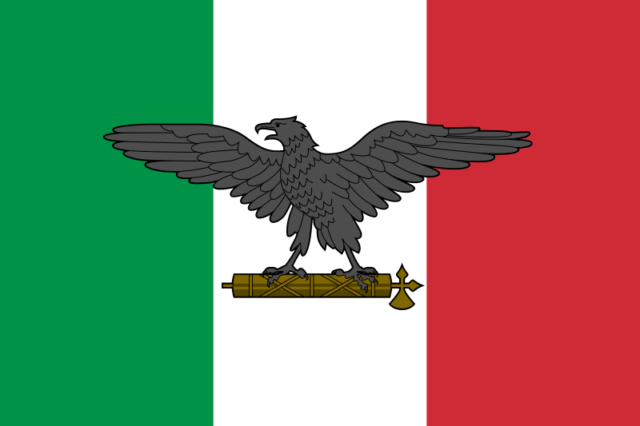
By February of 1945, the Allied forces had captured most of Italy. The Fascist regime came to an end in April 1945, when the Allies and the Italian Resistance Movement drove the Germans from Italy.
Tibet
The Tibetan Empire began in the 7th century and is the home of Mount Everest within the Himalayan Mountains. The area takes up about a quarter of China’s landmass.
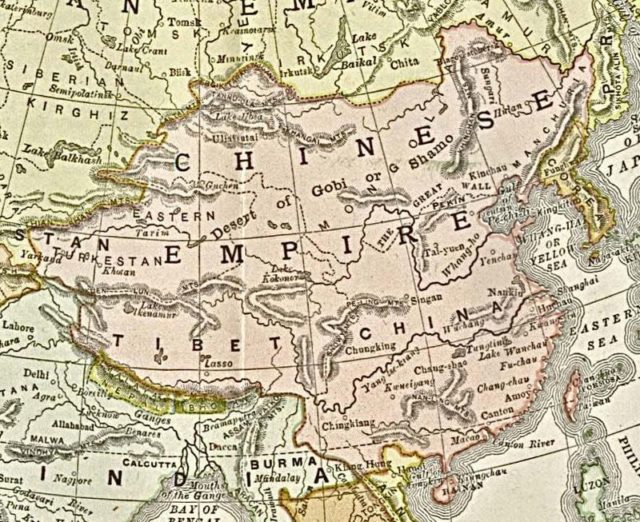
After the Xinhai Revolution of 1912, Tibet declared its independence, but it was not recognized by China. Tibet became absorbed into the People’s Republic of China, and the Tibetan government was removed in 1959. Movements to free Tibet from China have been in place since then and are promoted by the Dalai Lama.
The United Arab Republic
From 1958 until 1961, the United Arab Republic served as a political union between Egypt and Syria. Initially, it was a step toward unification of the two countries to deter communism and unite the Arab world.
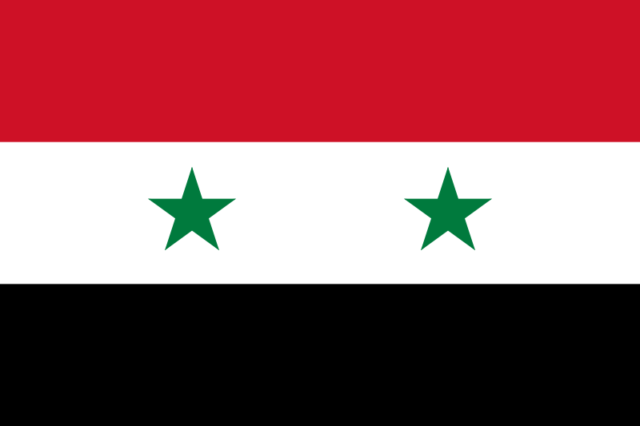
When the agreement was signed, Egyptian President Gamal Abdel Nasser took control. He dissolved all Syrian political parties and armies and began removing all Communist sympathizers. By 1961, Syrians realized they were being pushed aside in favor of Egyptian policies and economics; they staged a coup d’état in September that effectively ended the United Arab Republic.
Sikkim
The Kingdom of Sikkim was founded in the 17th century in the northwestern region of India along the Silk Road. Before becoming part of northern India in 1791, Sikkim helped defend Tibet against the Gorkha Kingdom and was seized by the Qing dynasty.
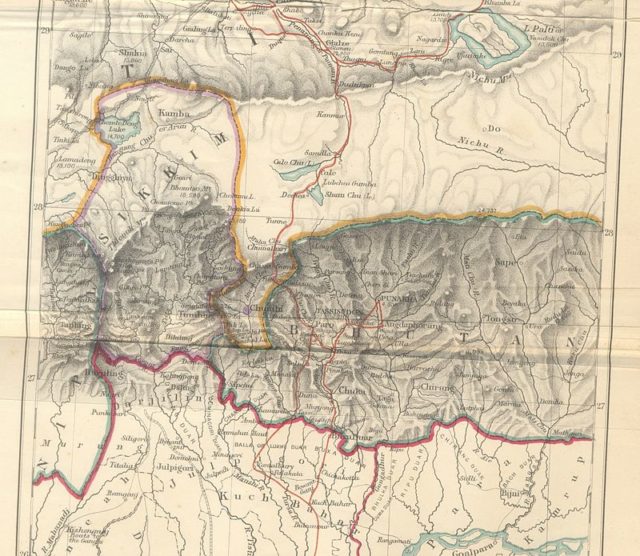
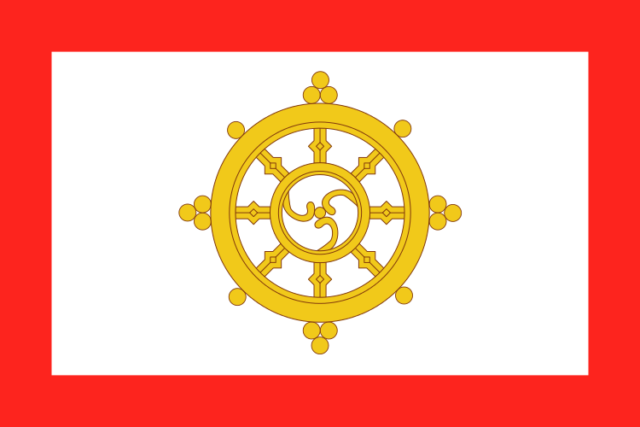
In 1890, Sikkim became a British protectorate. After the British granted India’s independence in 1947, residents rejected the idea of Sikkim joining the country of India. In 1975, the Indian prime minister persuaded the people to remove the monarchy and admit Sikkim as the 22nd state of the Indian Union.
Ceylon
Ceylon, a small island east of the southern tip of India, was a 7th-century hub for trade with the Arabs and a vital link for trade operations on the Silk Road. Now called Sri Lanka, the island has a rich history dating back hundreds of thousands of years to Paleolithic times.
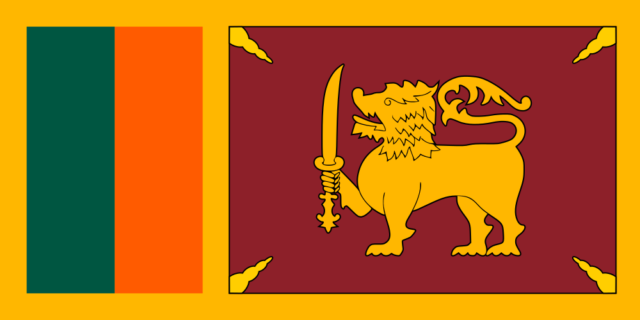
There are multiple legends about how the country came to be, but it was governed by dynastic monarchy until after the Napoleonic Wars. By 1815, Great Britain had formally taken over the government—until February of 1948, when independence was declared. In 1972, Ceylon became Sri Lanka; the country is currently a democratic republic.
Czechoslovakia
Czechoslovakia was a part of the Austro-Hungarian Empire for most of its history. After World War I and the demise of the empire, the country absorbed the territories of Bohemia, Moravia, Slovakia, and Carpathian Ruthenia, declaring itself independent. The Slovaks felt repressed, as the Czechs made up over 50 percent of the population, and the other half was divided between other ethnicities, including Germans, Hungarians, and Poles.
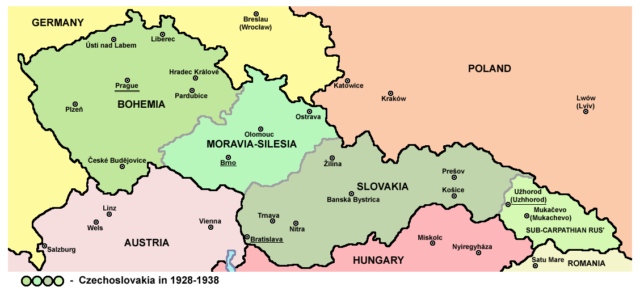
In 1939, the Nazis invaded and split Czechoslovakia into the Protectorate of Bohemia and Moravia and the Slovak State, after which they began their extermination of the Czech Jewish population. In 1946, after the Nazis were defeated, the Communist Party of Czechoslovakia was established. The Velvet Revolution restored democracy in 1989. Czechoslovakia was divided into the Czech Republic and Slovakia in 1992.
Yugoslavia
Another area that was part of the Austro-Hungarian Empire was the Kingdom of Serbs, Croats, and Slovenes—a combination created in 1918 with the State of Slovenes, Croats, and Serbs, and the Kingdom of Serbia. The Karađorđević royal family became the Yugoslav sovereigns.
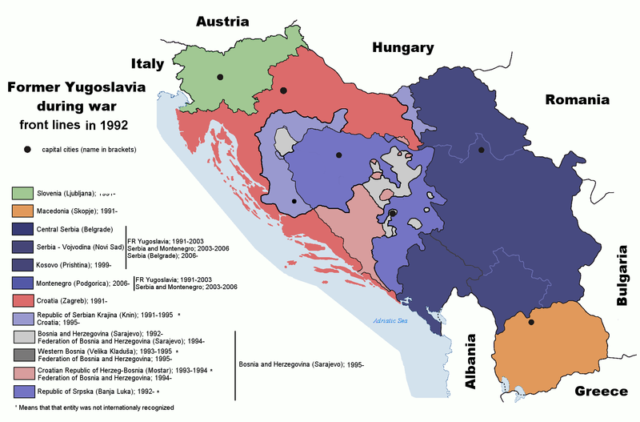
In 1929, it was named the Kingdom of Yugoslavia and the monarchy was brought to an end in 1945. The next year, the Communist government renamed the area the Federal People’s Republic of Yugoslavia. In 1992, Yugoslavia split into Slovenia, Croatia, Serbia, Macedonia, Bosnia, and Montenegro.
East Germany
In 1945, Winston Churchill, Franklin D. Roosevelt, and Joseph Stalin met on the island of Yalta to divide the country of Germany after the end of World War II. The Cold War was in its earliest stages and tensions were building between the United States and the Soviet Union.
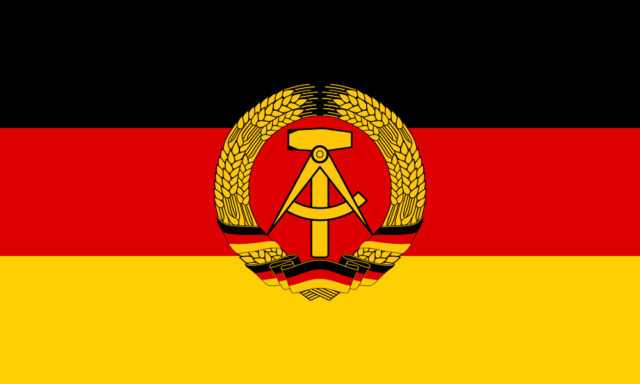
The USSR refused to participate in the Marshall Plan drawn up by the United States and decided to create an East German state. The city of Berlin was split into two cities—the western half became a democratic country, and the eastern side came under the control of the USSR in June 1945.
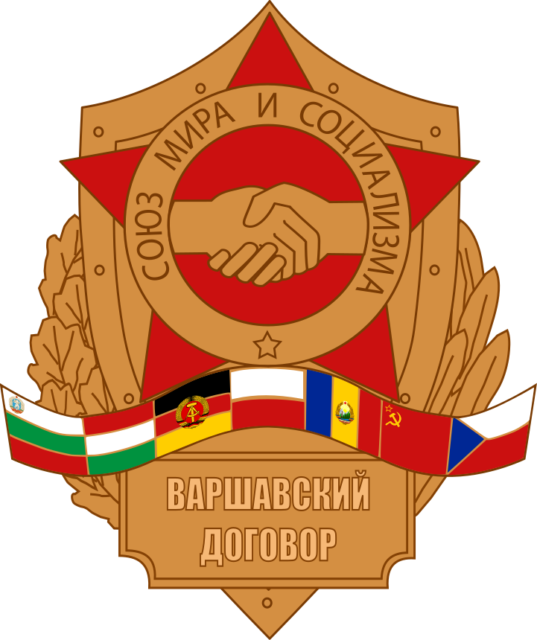
East Berliners attempted to cross the border en masse. Soviet Premier Nikita Khrushchev ordered a wall of concrete and barbed wire that was put up in two weeks. There were only three gates—all controlled by the military. As time went on, a sturdier 12-foot wall was built.
In 1954, the USSR gave East Germany autonomy. The wall stood until November 9, 1989, when the East German government opened the border and allowed everyone to pass through. The wall was demolished, and Germany was reunified on Oct. 3, 1990.
